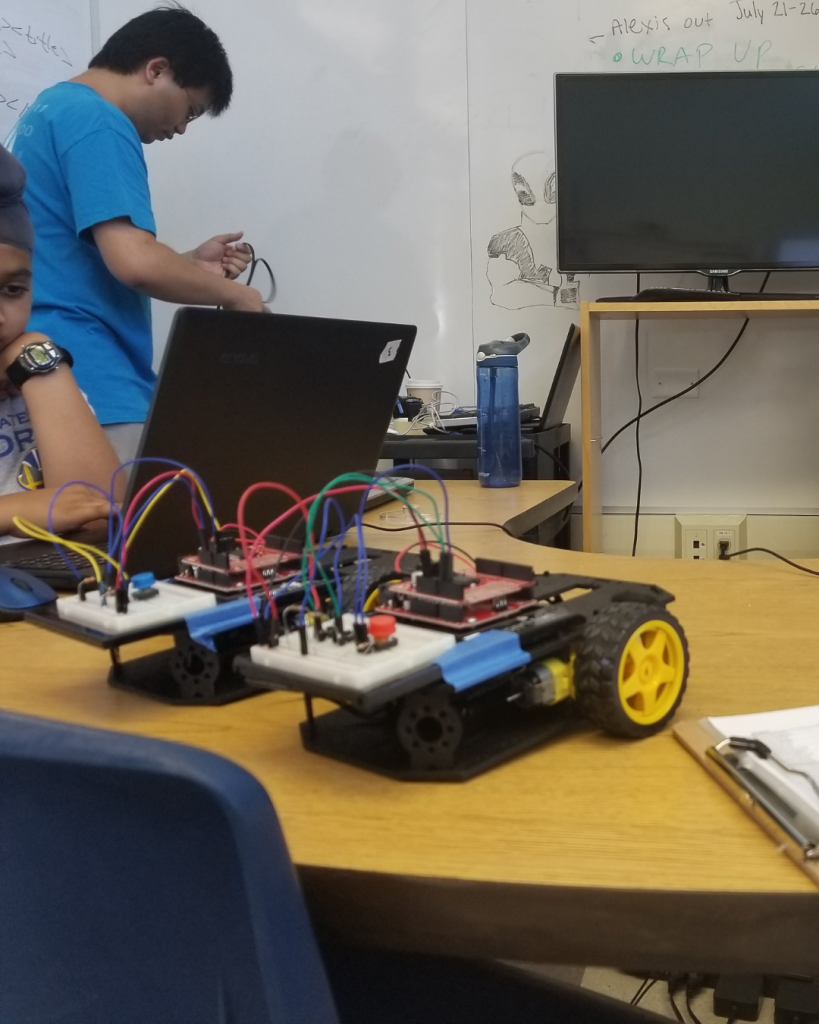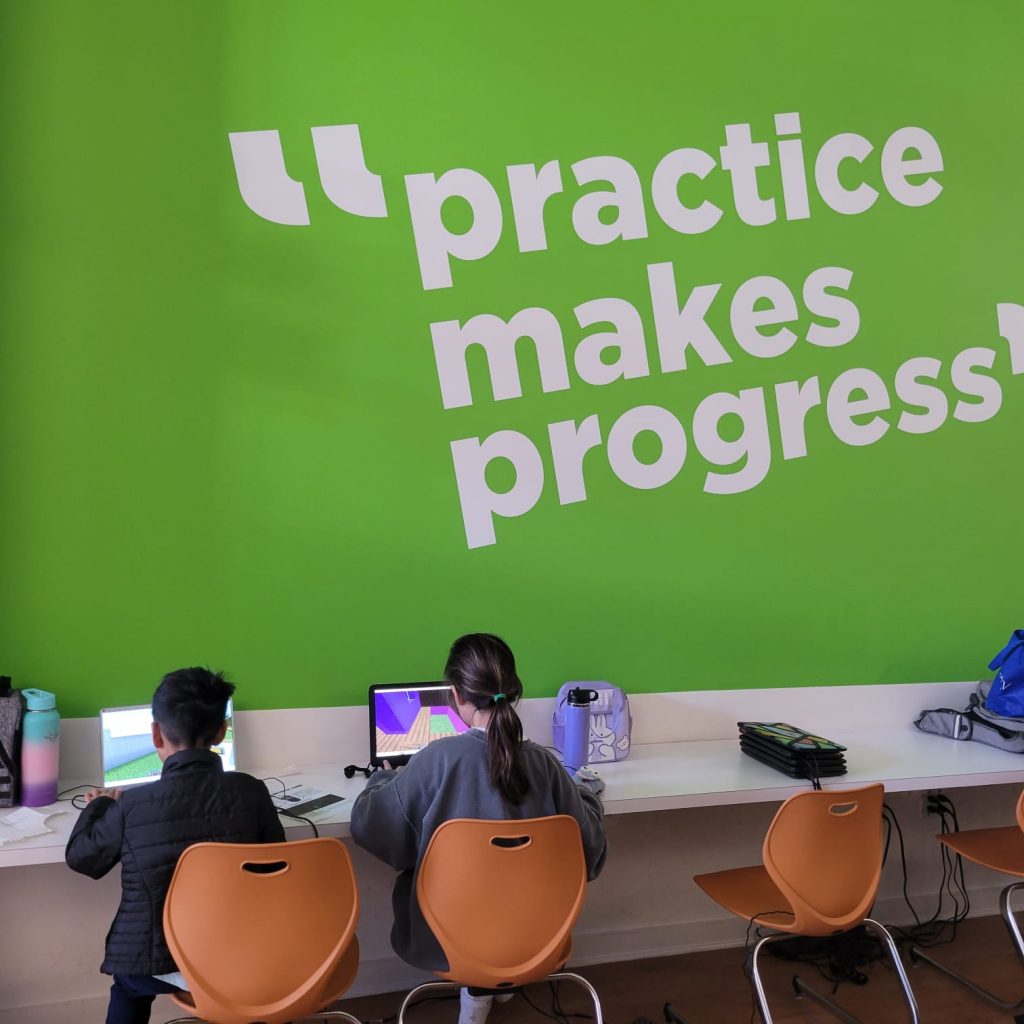Screen Time Dilemma: How to Turn Passive Scrolling into Active Learning
In today’s digital world, kids are spending more time on screens than ever. But not all screen time is created equal. The key is to shift from passive consumption (watching videos, scrolling social media) to active creation (coding, designing, problem-solving).
The Difference Between Good & Bad Screen Time
✅ Good = Educational, interactive, and promotes creativity.
❌ Bad = Mindless scrolling, excessive gaming, and passive content consumption.
Why Coding is the Best Way To Make It Productive
🚀 Encourages Active Learning – Kids create, rather than consume.
🎨 Boosts Creativity – From game development to robotics, coding unlocks innovation.
🧠 Enhances Cognitive Skills – Coding builds logic and problem-solving abilities.
🔬 Prepares for the Future – Tech careers will be the most in-demand jobs in the future.
How to Replace Passive Screen Time with Coding
- Set Limits: Balance entertainment with learning.
- Introduce Coding Games & Apps: Replace social media with platforms like Scratch & Code.org.
- Enroll in Coding Camps: Structured programs provide hands-on learning.
Final Thoughts
Instead of eliminating it, transform it into an opportunity for growth. Coding turns tech into a productive, skill-building experience that prepares kids for future success.
📢









